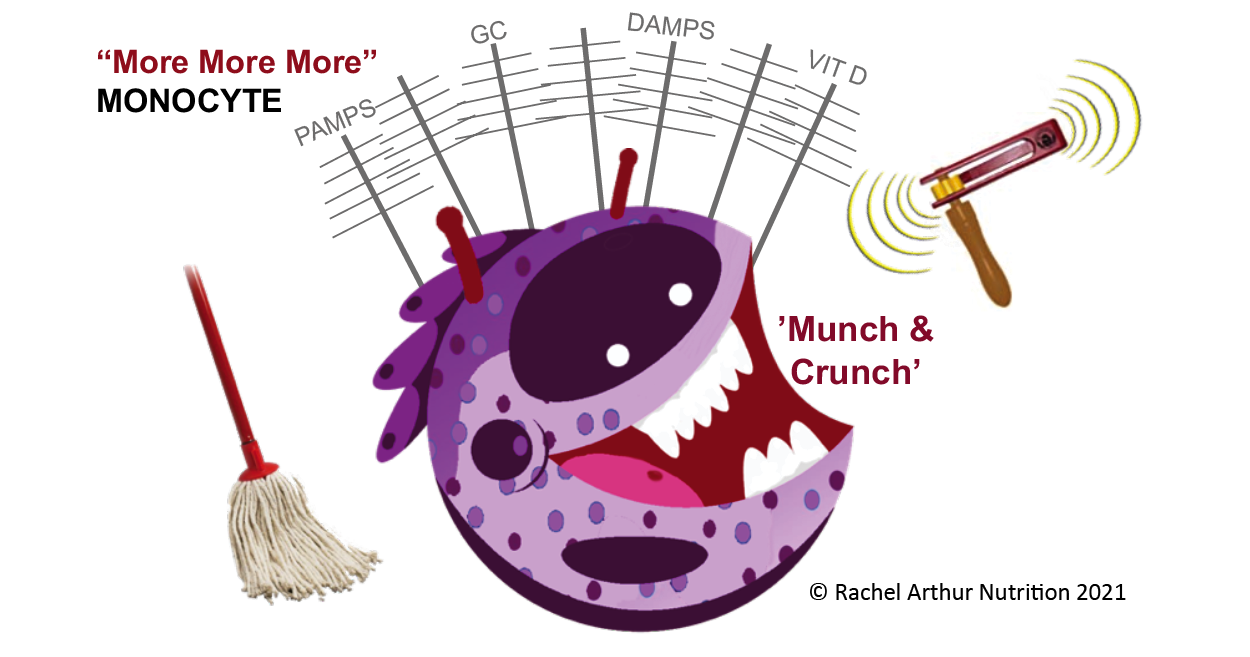The first time I saw a set of lab results was when a patient brought them in to her appointment. True. In spite of the comprehensive training I’d received in nutrition and biochemistry and pathophysiology my undergraduate did not include one single lesson on lab interpretation & now here I was faced with some badly formatted inkjet printed document full of numbers I was supposed to make sense of. Was the patient right to expect me to be lab literate?
We profess to be proficient in identifying and correcting nutritional deficiencies, as much as, cardiovascular risk, chronic inflammation, methylation imbalance etc etc so surely these ‘numbers’ are essential to informing our baseline understanding of & decision making regarding the management of our patients, as well as tools for monitoring their progress & safety.
Let alone the knowledge we need to work collaboratively with other health care professionals and show ourselves to be the asset that we are.
And herein lies the golden opportunity, I believe. Most of us do possess excellent foundational knowledge in nutritional biochemistry etc, much more so than other health professionals, who are ordering and seeing these results routinely, they will often tell you this themselves. And while more recent naturopathic, nutritional & herbal medicine graduates have had some basic orientation and education in pathology, are we really making the most of this powerful marriage of knowledge areas? What would we see, if we made it our business to view the same labs? So much more.
We can see warning signs well before the diagnosis, we can see the process behind the emerging or established pathology rather than simply a disease label, and accordingly, the individualisation of our patients’ presentations and their prescriptions.
But first we need to learn our labs.
That very first patient who turned up with results in her hot little hand started me on this path to lab literacy. Later, I was lucky enough to find a kindred spirit & mentor during my time at SCU, with Dr. Tini Gruner and then Dr. Michael Hayter, whom I co-presented my first diagnostics course with many years ago, and every day my patients and my mentees’ deepen my understanding. This path to lab literacy goes on forever I suspect, but with every new corner I turn, I am reminded of and rewarded by all that it has gifted me and my patients.
I’d like to share that gift with you through stories filled with new favourite characters, like ‘Mr More More More Monocyte’ above, engaging animations, loads of real cases, heaps of humour and plenty of practice in pattern-recognition, that make remembering, what can be very detailed content, doable.
In other words: The MasterCourse in Comprehensive Diagnostics I is finally here as a self-paced learning program you can undertake yourself. We know you’ll get as much out of it as those who attended live:
“I thought my pathology skills were pretty up there until I did Rachel’s Diagnostic MasterCourse! Nothing like being knocked off my perch by a literal avalanche of new information, especially when it comes from the most commonly tests that we all use so often. The course has been a fantastic learning opportunity for me, and has since helped me pick out many intricacies in cases that have previously been missed.”
– Rohan Smith | Clinical Nutritionist
MasterCourse 1: Comprehensive Diagnostics is a self-paced online program
Gives you access to 24+ hours of streamed video presentations, 2 x Bonus Update in Under 30 episodes (The Calcium Conspiracy & Using Urea to Creatinine Values for Protein Adequacy) PLUS resources, a template and pdfs of all presentations. This package includes $200 worth of bonus material and remains forever in your online account. You will also receive access to any future updates of resources and our template. More information can be found here.
This is a pre-requisite for MasterCourse II that will be delivered live in 2021.

